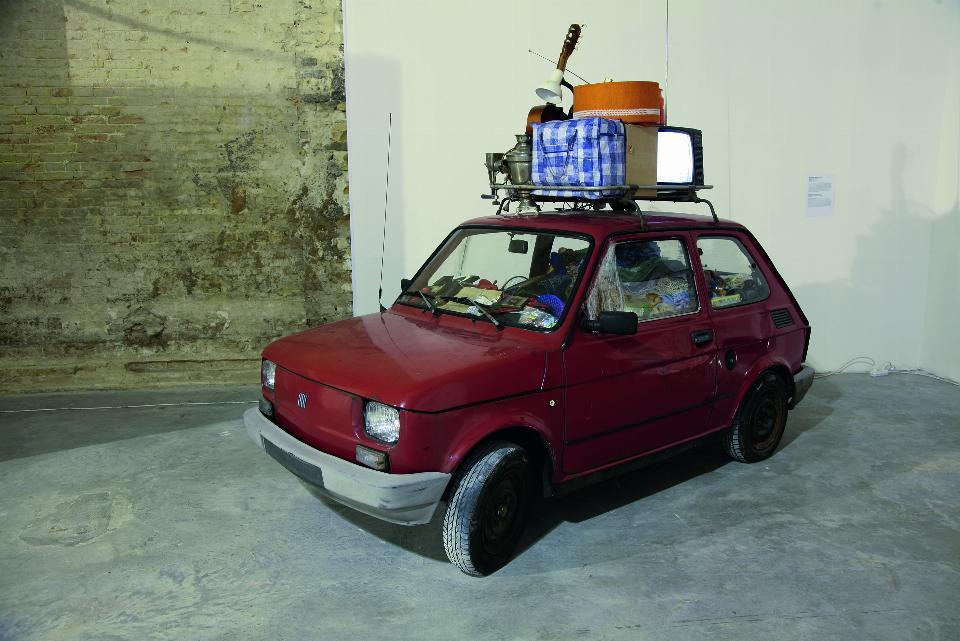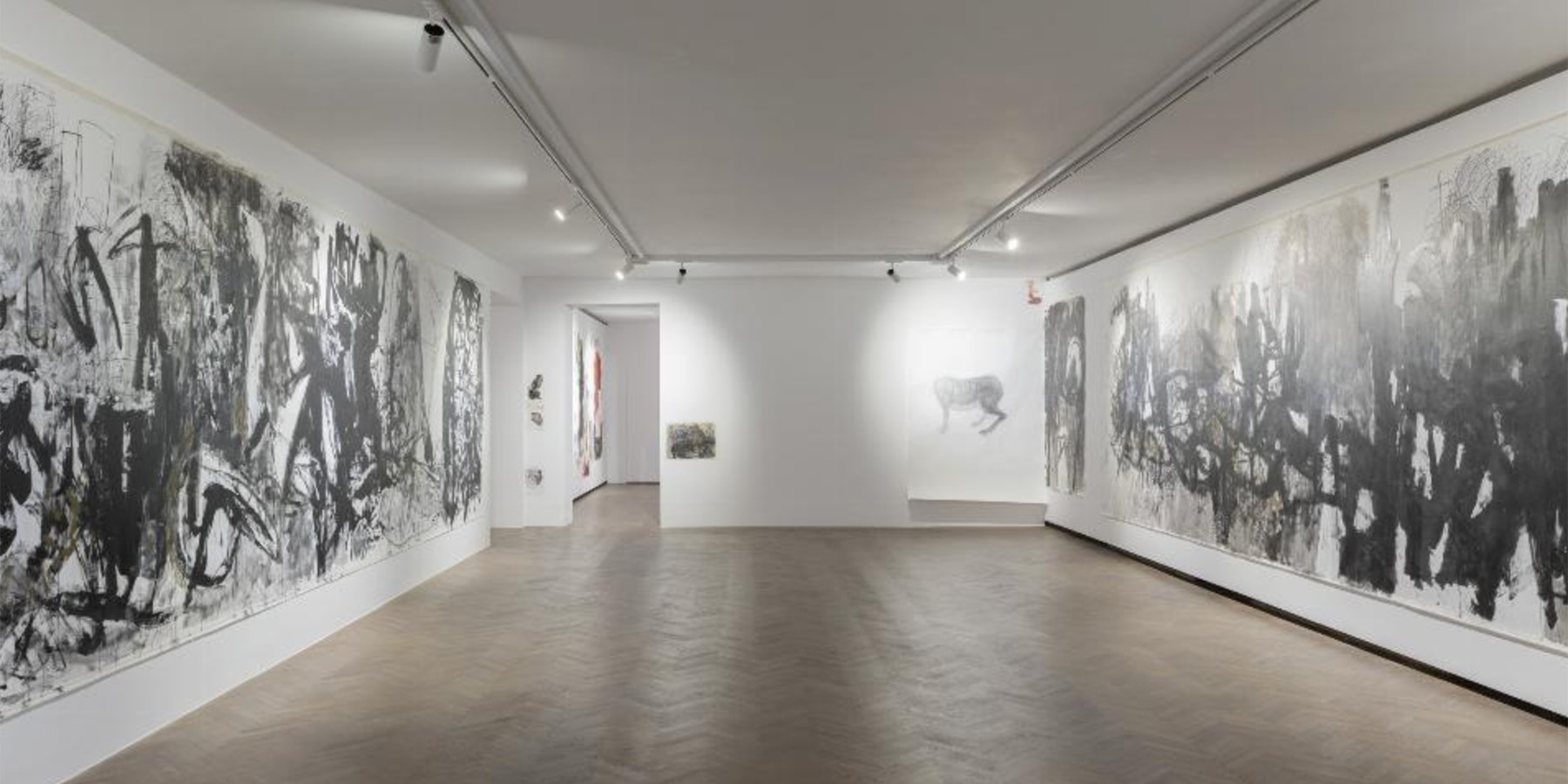Volodymyr Kuznetsov
Small Fiat 126 p. Monument to the 90s
Volodymyr Kuznetsov
Small Fiat 126 p. Monument to the 90s, 2011, installation
Collection II of the Arsenal Gallery in Białystok. Work purchased by the Podlaskie Association for the Promotion of Fine Arts

Volodymyr Kuznetsov’s installation can be seen as part of a broader phenomenon, namely a return to materiality. This shift is noticeable in different areas of culture, beginning with the 1990s. Researchers of Polish literature have for the last two decades tried to diagnose the intense presence of objects in the prose of that period, seeing it as its unique historical and literary characteristic caused by both the economic changes, as well as the changing awareness of the meanings assigned to objects. The specificity of that phenomenon, which is not an innovation of the recent decades, is simply the fact that both in literature, as well as in the visual arts, objects have become “extraordinarily garrulous”, to use the terms of the literary scholar Przemysław Czapliński.
What is important in the work by Kuznetsov is the historical context, which is emphasized by a video displayed on an old portable TV set, which is also a part of the installation. The artist put together pieces of footage of social protests which took place in the late 1980’s and early 1990’s in the communist countries, intercutting them with recordings of current manifestations in Belarus. The soundtrack consists of the protest song Peremen! [Changes!] by the Russian rock singer, Viktor Tsoi. The whole installation evokes associations with the phenomenon of small cross-border trade, which was a popular way of making money, a poor substitute for capitalism and private business, dissolving and blowing up the imposed, centrally steered economy. The microcosm of objects is the figure of an open air market (typical of transition times), a collection of strange peculiarities which have a whiff of illegality about them.
Kuznetsov assigns the status of historical and non-reducible things to the small Fiat, the cheesy clothes, cosmetics, and the rest of the street peddlers’ offer. In his eyes, they represent an epoch, and as such cannot be replaced. The role of the object in this work is not, however, limited to building a narrative about the independent history of the post-Soviet countries. On the level of perception the relicts of the past, which are mass-produced but unique at the same time, seem to be intertwined with the biographies of many people. When looked at closer, they refer to the still living memories of youth and childhood, thus revealing their true allegorical potential.
Izabela Kopania

PLAN YOUR VISIT
Opening times:
Thuesday – Sunday
10:00-18:00
Last admission
to exhibition is at:
17.30